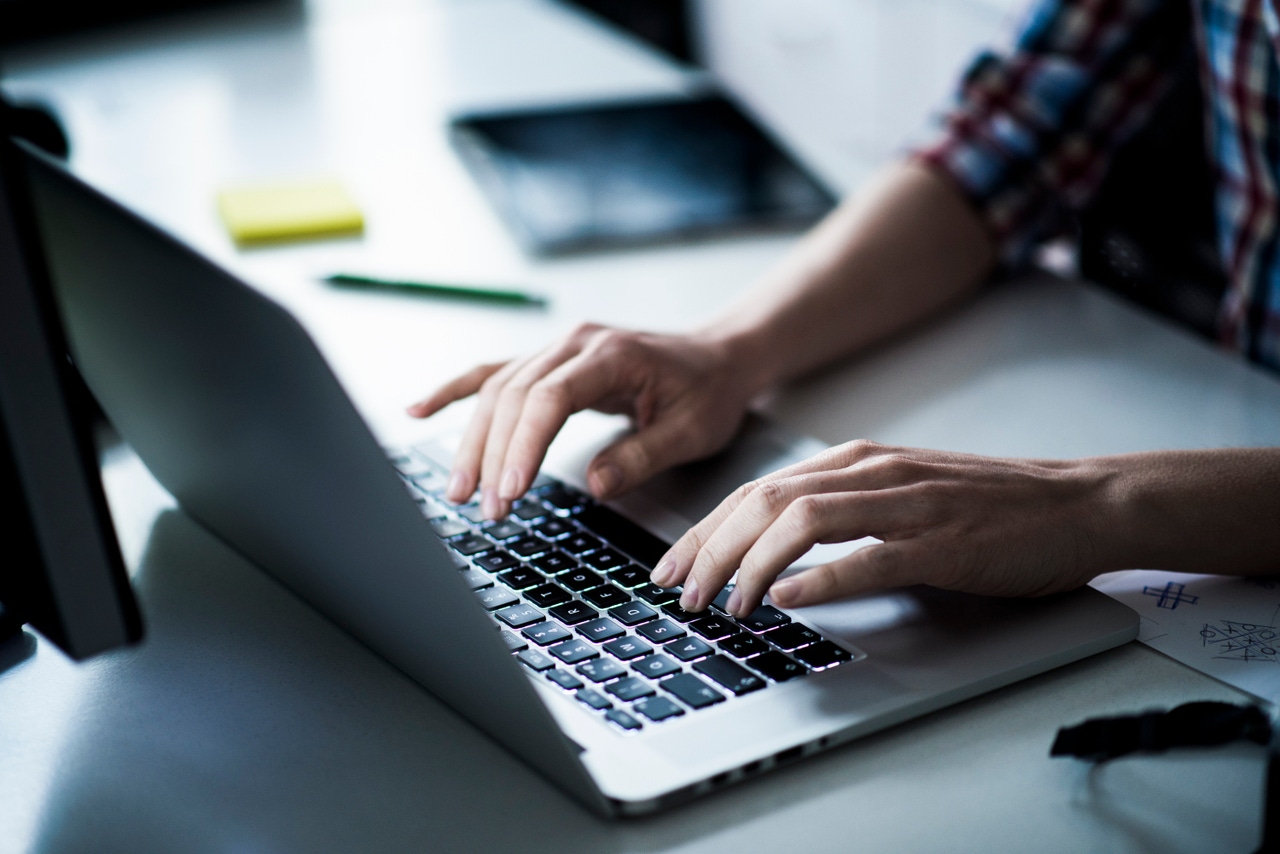I Went on Virus Lockdown for 6 Weeks, and So Can You
China’s return to the office offers lessons for Americans and Europeans now sheltering in place.
March 18, 2020

(Bloomberg) -- This week, as Americans and Europeans logged on to work from home en masse, China is just coming back online. I finally returned to my office in Hong Kong on Monday, after telecommuting for six weeks during the coronavirus outbreak. HR had left a tiny bottle of hand sanitizer on everyone’s desk with a lovely note, “Welcome back, work-from-home warrior!”
I feel more like a survivor, having navigated the packed morning subway to get to our half-empty office and its normally bountiful pantry, now snack-free. All colleagues are split into two groups that are allowed to come in on a rotating basis to prevent officewide infection. My deskmate, who evidently is more cautious than I am, wears a surgery mask all day.
China’s most valuable companies (its techies) are also gradually going back to business as usual, and some of them offer lessons to the world on the do’s and don’ts of business contingency planning in the age of Covid-19. It's also a preview for what awaits workers in the U.S. and Europe once the lockdowns subside.
At Asia’s largest corporation, Alibaba Group Holding Ltd., tens of thousands employees have been assigned a color code—green, yellow or red—on a mobile app that indicates their health status that determines whether they are allowed to enter the company’s Hangzhou campus. That same system is being rolled out nationwide at railway stations, restaurants, pharmacies and more.
At social and gaming titan Tencent Holdings Ltd., most employees are already back on site, except for those who are still stuck in Hubei province, where the pandemic erupted. The Shenzhen-based company imposes some of the strictest infection-preventive measures in China. In addition to regular temperature check-ups, Tencent workers are required to wear masks in the offices the entire time. Tencent asked employees taking elevators not to stand facing each other, or speak to one another, according to a social media post from the company.
But being back to the office doesn’t mean back to normal. It’s going to take time for the tech industry—which more than almost any other sector relies on human brainpower—to regain the momentum lost during the outbreak. China’s tech giants will also need to grapple with the deteriorating morale among their foot soldiers that has reached new lows during the extended period of telecommuting.
For years China’s tech workers have been wrestling with a relentless office schedule dubbed “996”—9 a.m. to 9 p.m., six days a week, plus overtime. Working from home has only magnified this problematic corporate culture. Instead of leaving for the day, employees have been subject to constant check-ins on Slack-style work apps, endless videoconferencing calls and the expectation that they will be on standby 24/7.
Now, although the public health crisis is receding in the country, it's left the line between professional and private life even blurrier than before, and deepened workers' sense of isolation.
The results of this large-scale work-from-home experiment, and its lingering hangover, show that there's a need for greater trust between executives and employees, and that productivity can’t simply be measured in terms of hours. That should be the takeaway for not only Chinese executives, but also the American and European ones now closing their offices.
Of course, changing long-standing habits isn’t easy, even in a crisis. A case in point: I’m still struggling to get used to using two giant screens after working on my 13-inch MacBook from home for too long.
About the Author
You May Also Like






.jpg?width=700&auto=webp&quality=80&disable=upscale)
